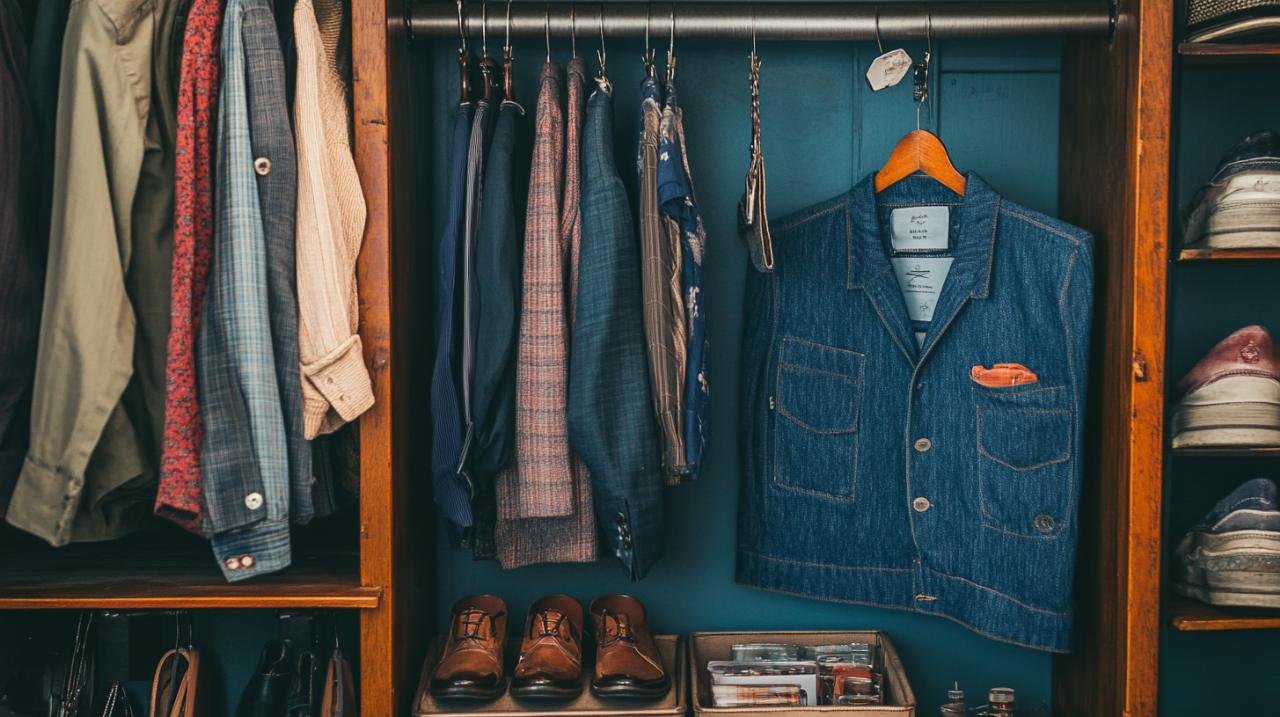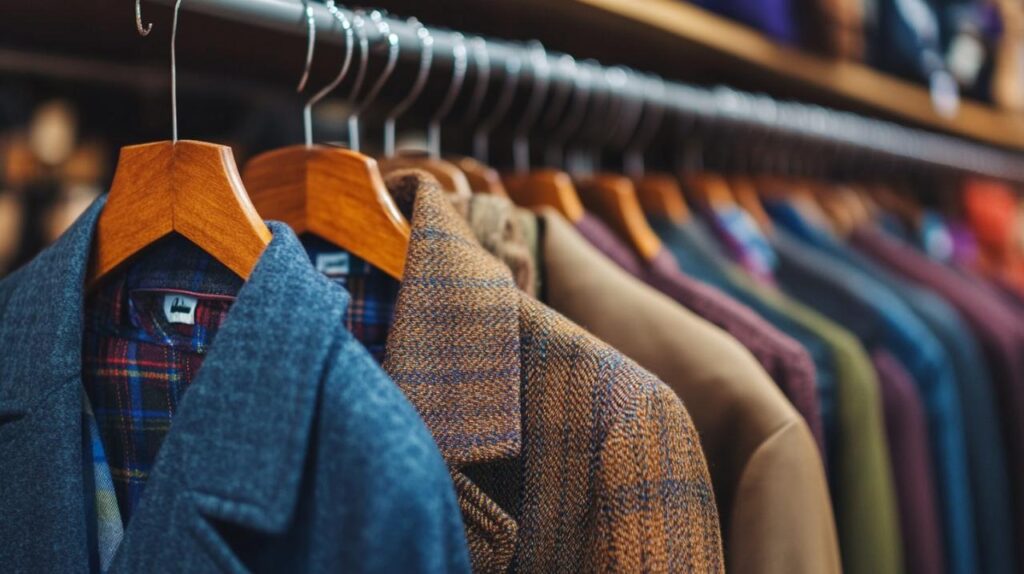Looking sharp needn’t cost a fortune. With a bit of nous and some strategic planning, anyone can build a wardrobe that turns heads without emptying the wallet. The secret lies in understanding what truly suits you, making informed choices, and knowing when and where to hunt for the best deals. Whether you’re after classic pieces that never go out of style or trendy items to refresh your look, smart shopping is all about getting the most value for every pound spent.
Mastering the Art of Budget-Friendly Fashion
Understanding your personal style without breaking the bank
The foundation of dressing well on a budget begins with knowing yourself. Rather than chasing every fleeting trend that graces the high street, take time to identify what genuinely flatters your figure, complements your colouring, and reflects your personality. This approach saves money in the long run because you avoid impulse purchases that end up languishing at the back of the wardrobe. Consider your lifestyle and the occasions you dress for most frequently. If you spend weekdays in an office, investing in a few quality work pieces makes far more sense than splurging on elaborate evening wear you might don twice a year. The beauty of understanding your personal style is that it transforms shopping from a scattergun exercise into a focused mission. You become discerning about cuts, fabrics, and colours that work for you, which means fewer mistakes and more wear from each garment. This clarity also helps when browsing second-hand shops or charity shops, where the sheer volume of choice can otherwise feel overwhelming. With a clear vision of your style, you can spot a gem amongst the rails and recognise when something truly fits your aesthetic. Accessories play a crucial role here too, as they allow you to express individuality without spending heavily on entire outfits. A statement scarf, a classic watch, or a well-chosen handbag can elevate even the simplest ensemble, proving that style is often more about how you put things together than how much you spend. As the marketvivo blog often highlights, conscious spending and thoughtful curation are the hallmarks of savvy fashion enthusiasts who look polished without the hefty price tag.
Creating a Versatile Capsule Wardrobe on a Shoestring
A capsule wardrobe is the cornerstone of budget fashion done right. The concept revolves around curating a small collection of timeless, interchangeable pieces that work together seamlessly. This method not only simplifies getting dressed each morning but also ensures that every item earns its place and gets regular wear. Start with wardrobe essentials such as a crisp white shirt, well-fitted dark jeans, a tailored blazer, and a little black dress for women or smart trousers for men. These classics form the backbone of countless outfits and never fall out of favour. The key is quality over quantity. Rather than buying ten cheap items that pill or fade after a few washes, invest in fewer pieces made from durable fabrics that stand the test of time. Look for natural fibres like cotton, wool, and linen, which tend to wear better and feel more comfortable. When building your capsule wardrobe, think about colour coordination. Sticking to a cohesive palette means everything mixes and matches effortlessly, stretching your options without expanding your wardrobe. Neutral tones such as navy, grey, black, and white provide a versatile foundation, while a couple of accent colours add personality and prevent monotony. Multiway pieces are particularly valuable in a capsule wardrobe. A reversible jacket, a scarf that doubles as a belt, or a dress that transitions from day to night with a simple change of accessories multiplies your outfit possibilities. Seasonal shopping plays a part here too. By purchasing key items at the end of a season when retailers slash prices to clear stock, you can snag high-quality pieces at a fraction of their original cost. This forward-thinking approach means you are always prepared for the months ahead without the financial strain of last-minute shopping at full price.
Savvy shopping strategies for quality clobber

Timing your purchases: sales, outlet shops, and seasonal bargains
Knowing when to shop can save as much money as knowing where to shop. The fashion calendar traditionally revolves around two main seasons, spring and summer followed by autumn and winter. Retailers typically introduce new collections as these seasons approach and begin discounting older stock as they transition. Shopping out of season is a tried-and-tested strategy. Picking up knitwear deals in March or summer dresses in October means you benefit from significant reductions while still getting plenty of wear from your purchases. Sales events such as the January sales and Black Friday offer further opportunities to bag a bargain on clobber. Many high street and online retailers also hold mid-season sales to clear inventory, so keeping an eye on promotional calendars can pay dividends. Signing up for newsletters often unlocks exclusive early access to sales and newsletter discounts. Some brands reward loyalty with voucher incentives or referral programmes, where both you and a friend benefit from discounts when they make their first purchase. Outlet shops are another treasure trove for fashion bargains. These stores stock previous seasons’ collections, overruns, and items with minor faults at substantially reduced prices. While the selection can be hit or miss, patience and regular visits often yield fantastic finds. Online platforms have revolutionised sale shopping, making it easier than ever to compare prices and hunt down designer discounts. Websites and apps dedicated to flash sales and discount shopping offer up to significant percentages off premium brands. Additionally, cashback schemes allow you to earn money back on purchases, effectively reducing the overall cost. Free delivery thresholds are worth noting too. Many retailers offer free UK delivery on orders over a certain amount, so planning purchases to meet that minimum can eliminate extra costs. For international shoppers, some brands provide tax-free shopping on orders, which can result in considerable savings.
Spotting Quality Pieces That Stand the Test of Time
Identifying quality clothing requires a bit of practice but soon becomes second nature. Start by examining the fabric. High-quality materials feel substantial and have a pleasant texture. Check the weight and weave of the cloth. Flimsier fabrics often indicate lower quality and shorter lifespan. Look at the stitching. Neat, even seams with secure threads suggest careful construction. Loose threads, uneven hems, or puckering are red flags. Buttons and fastenings should feel sturdy, and zips should glide smoothly without snagging. Pay attention to how the garment is finished. Quality items often have features such as reinforced seams, lined interiors, and bound edges that enhance durability and comfort. The fit is equally important. Even the most expensive piece looks mediocre if it does not fit well. Tailoring alterations can transform an off-the-rack garment into something that looks bespoke. A skilled tailor can adjust hems, take in waists, or shorten sleeves, ensuring that your clothes flatter your shape. The cost of alterations is often modest compared to the impact on appearance and longevity. Classic styles are always a good choice when shopping for longevity. Trends come and go, but timeless silhouettes remain relevant year after year. A well-cut trench coat, a pair of leather brogues, or a simple shift dress never looks dated. By focusing on these enduring pieces, you build a wardrobe that requires less frequent updating, which is kinder to both your budget and the environment. Sustainable fashion is gaining traction, and many shoppers now seek out brands committed to ethical production and environmental responsibility. Vintage fashion offers a sustainable alternative while providing unique, character-filled pieces that stand out from mass-produced high street offerings. Charity shops and vintage boutiques are excellent sources for one-of-a-kind finds. Shopping second-hand not only saves money but also supports clothing recycling and reduces waste. Some retailers even incentivise this practice with schemes that reward donations of old garments with vouchers towards new purchases. Clothes swapping with friends or through organised events is another fun, cost-free way to refresh your wardrobe. By exchanging items you no longer wear, you gain new-to-you pieces without spending a penny. Fashion rental services are also emerging as a popular option for special occasions. Rather than buying an expensive outfit for a single event, renting allows you to wear designer pieces at a fraction of the purchase price. Some services offer membership schemes that provide additional perks and discounts. Online shopping has made accessing fashion bargains easier than ever. Platforms specialising in affordable second-hand fashion allow you to browse vast inventories from the comfort of home. Many sites also feature discount codes and promotional offers that further reduce costs. Buy now pay later schemes have become widespread, allowing shoppers to spread the cost of purchases over several instalments. While convenient, it is important to use these services responsibly to avoid debt. Always ensure that repayments fit comfortably within your budget. Customer service matters too. Reliable retailers provide clear information about sizing, hassle-free returns, and responsive support. A six-month no-quibble guarantee or similar assurance offers peace of mind, especially when shopping online. Finally, remember that dressing well is not solely about the clothes themselves but how you wear them. Confidence, good grooming, and attention to detail such as polished shoes and pressed shirts make a significant difference. With these smart shopping strategies and a thoughtful approach to building your wardrobe, looking stylish on a budget is not just achievable but enjoyable.

